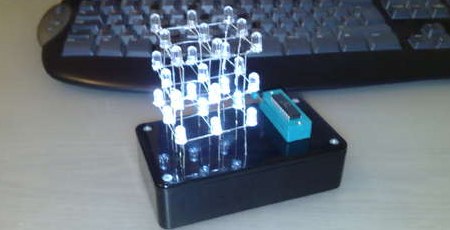
[portreathbeach] built this simple 3x3x3 LED matrix. It uses a PIC16F690 in a ZIF socket for the brains. Each layer has nine LEDs with the cathodes tied together. The anodes from each LED are connected to the LED below. The LEDs are multiplexed so that even though all layers appear to be on, they’re being addressed individually. He’s included software, so you can build your own animations. Video of the matrix in motion is after the break.
Day: June 20, 2008
Dance Floor Power Generation

With concerns about the environment at an all-time high, do we roll up our sleeves and fix the situation or set our fears aside and dance the night away? [Andrew Charalambous], a nightclub owner in from Britain, doesn’t think we should have to choose, so he installed a dance floor that harnesses power from dancers into one of his clubs.
The dance floor uses piezoelectrics to collect the power: as clubgoers dance, electricity-producing crystals under the floor are compressed, producing a small current. The current is collect by embedded batteries, which in turn provide the power to lights, audio systems, and other parts of the club that consume electricity.
It’s certainly an interesting idea, but we’d like to know just how much power these floors are able to generate. Is this a gimmick or a genuinely practical solution? [Charalambous]’s club has adopted the somewhat hokey policy of forcing patrons to sign a pledge to be climate-conscious and do what they can to help the Earth, but that’s a small price to pay to earn green karma and have fun at the same time.
[via io9]
How-To: Make An RGB Combination Door Lock (Part 2)
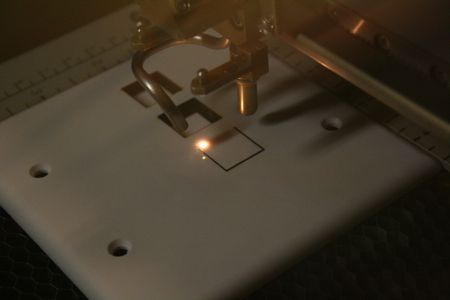
In part 1 we showed you how to build your own prototype RGB keypad. Today we’ll show off some new ideas we worked on to create the project and turn it from prototype to fully functional battle station er door lock.
Continue reading “How-To: Make An RGB Combination Door Lock (Part 2)”
Robot Clarinet
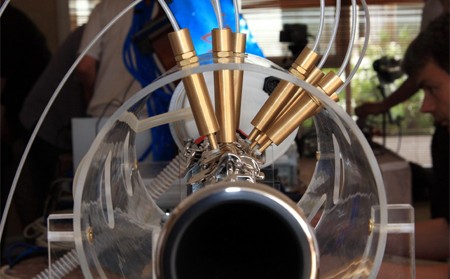
Australian research group NICTA in association with the University of New South Wales won the 2008 Artemis Orchestra Competition with their robot clarinet player. The competition challenges participants to design embedded systems that can play unmodified instruments. NICTA took first prize with their roboclarinet, due mainly to the complexity of the robot’s “mouth.” It uses two servo motors to act as a surrogate tongue and lips, vibrating the reed of the clarinet in a way consistent with human playing. The keys of the clarinet are pushed by a series of brass plungers. All of the robot’s functions are controlled by a computer running Linux. If great sound or novel technology are not enough for you, then the project is at least worth a look for the robot’s attractive, slightly steampunk-esque look. Watch it in action after the break.
BackTrack 3 Final Is Out
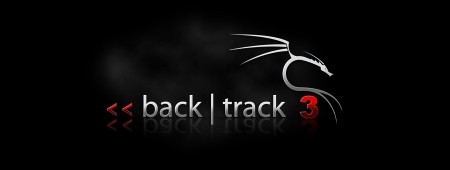
OpenSuse and Ubuntu are perfectly serviceable Linux distros, but we’ve had a soft spot for BackTrack from the very start. Good news for us, since yesterday was the long awaited release of BackTrack 3 Final. It uses the same 2.6.21.5 kernel as before (to maintain WiFi injection compatibility) and Nessus is still out, but it is not without a great deal of other improvements. Its forensic capabilities are better than ever, largely due to included apps like a fully functional version of SAINT and a special version of Maltego made just for BackTrack. The download is free, but Remote-Exploit is asking users not to distribute it without notifying them first, because they’re trying to keep track of the number of downloads.
[via Midnight Research Labs]
Finding Sensitive Data With Freeware
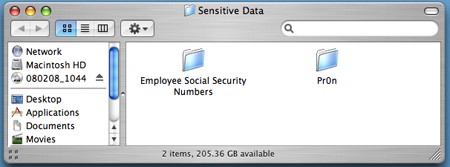
When an organization’s network grows to a certain size, its difficult to keep track of every single piece of sensitive information like credit card numbers or social security numbers. In order to find and secure this data, companies often turn to data loss prevention (DLP) services. This is not a viable option for many organizations, though, as DLP services can often be expensive and time-consuming to deploy.
Such organizations are not entirely without options: a recent article on Dark Reading lists several DLP tools authored by teams from various universities, all free to download and use. Programs like The University of Texas at Austin’s Sensitive Number Finder and Virginia Tech’s Find_SSN were designed to find pieces of data on computers and servers formatted in ways typical to sensitive information (xxx-xx-xxxx for SSNs, for example). This approach can often lead to false positives, so some measure of human control is required. They are also incapable of scanning application servers or other forms of data in transit. Cornell’s Spider can scan various application server types using different protocols. When used in conjunction, all of these apps can help secure your data without the expense of outsourcing the job.
RGB Etched Box
[youtube=http://www.youtube.com/watch?v=KG4PWZyR4Sk&hl=en]
[Dine909] brings us this simple glowing box made out of five etched PCBs. The PCBs control RGB LEDs inside the box, which is also filled with clear glass beads. The four walls are connected to a base controller board that has a Cypress PSoC chip for color mixing. There’s no writeup, and even though it looks a lot like the Lament Configuration, it should be a lot easier to build; any transportation to other dimensions it provides will be strictly figurative.
[via ladyada]











